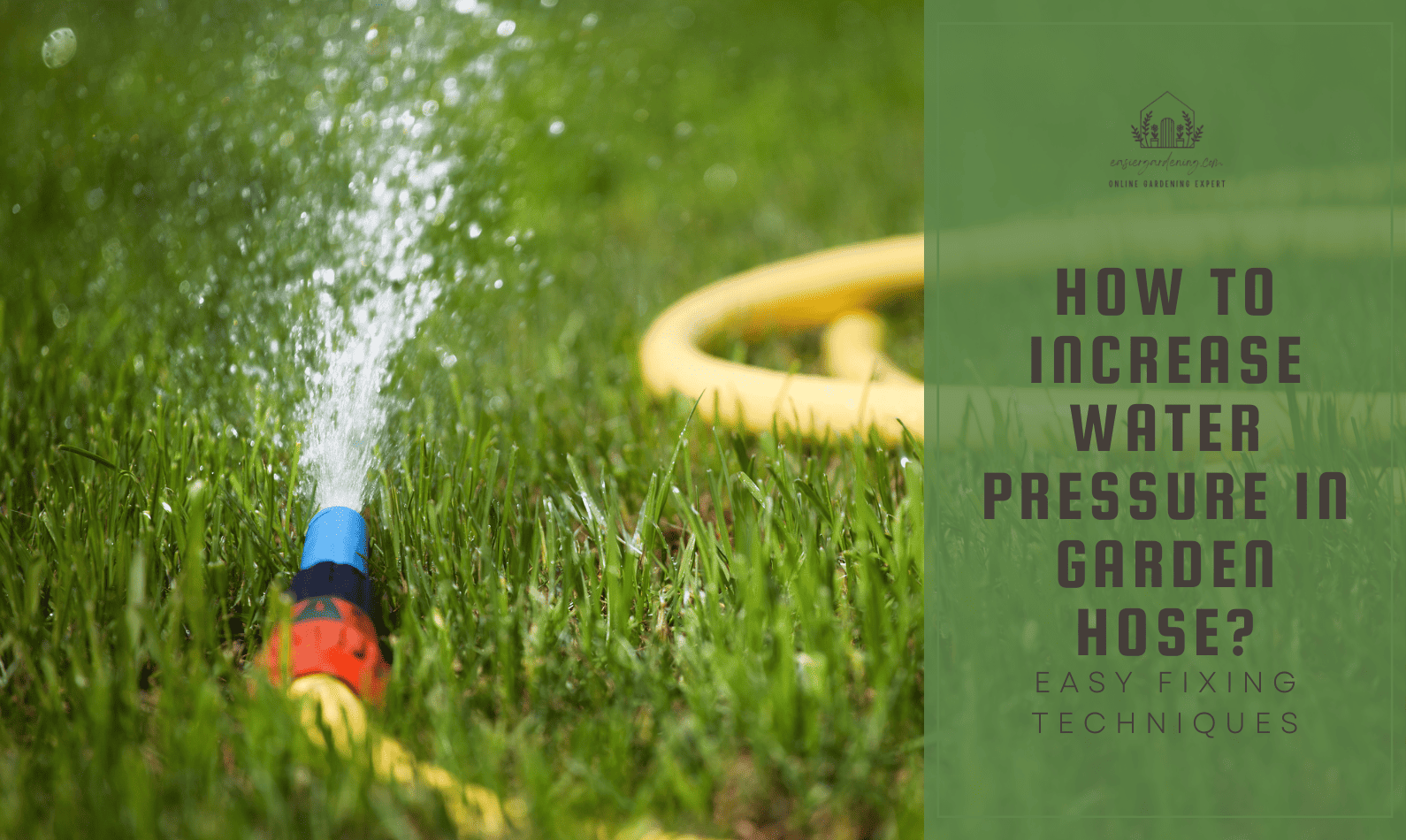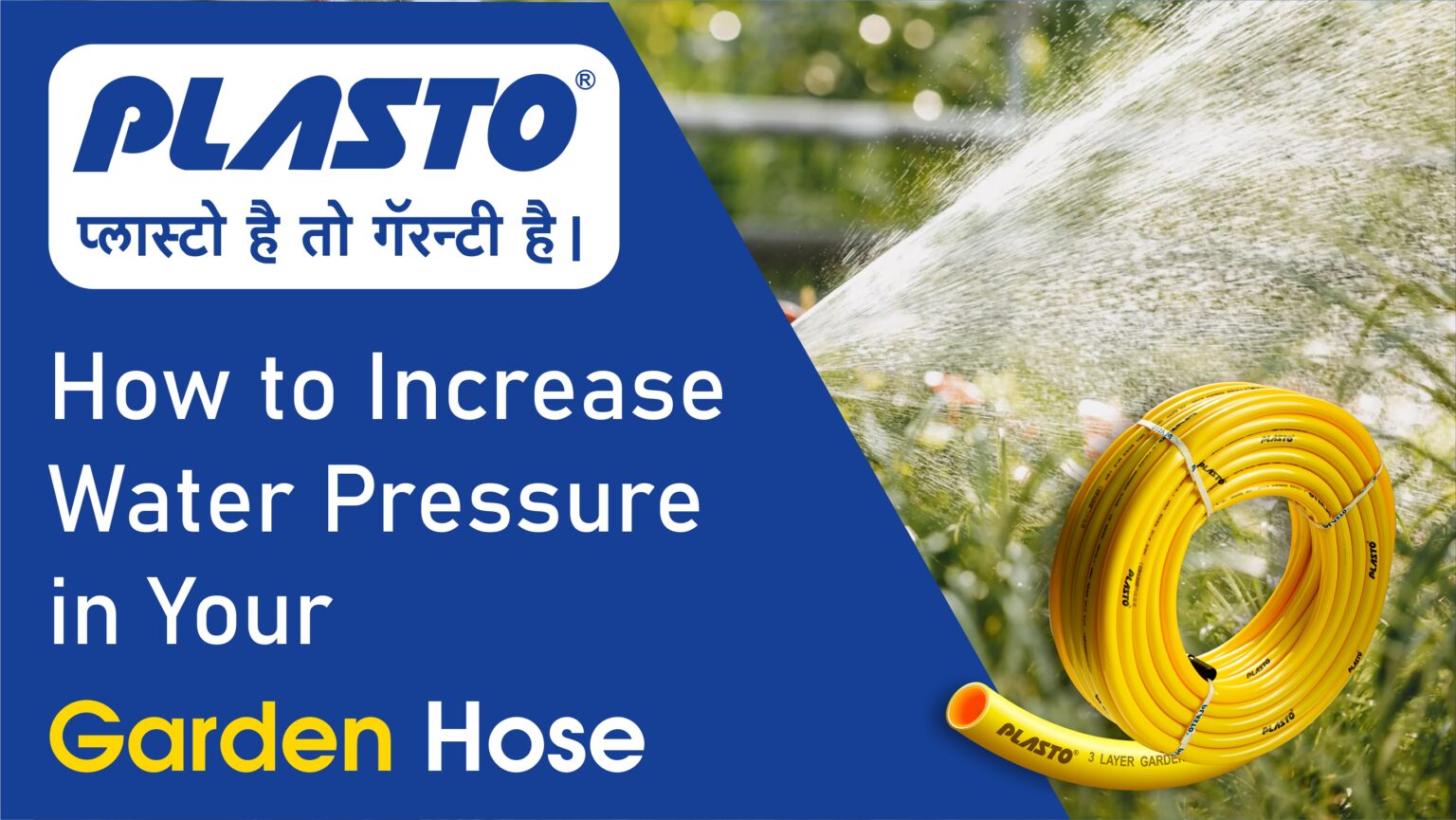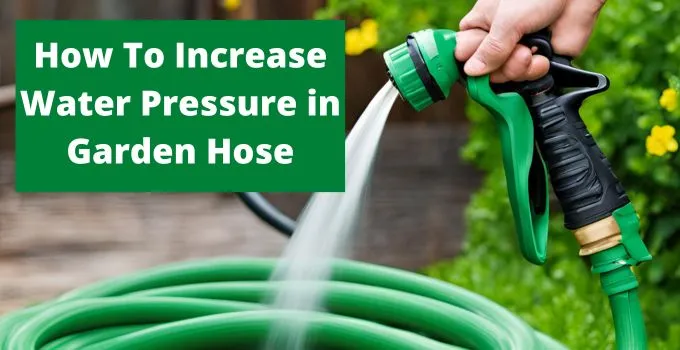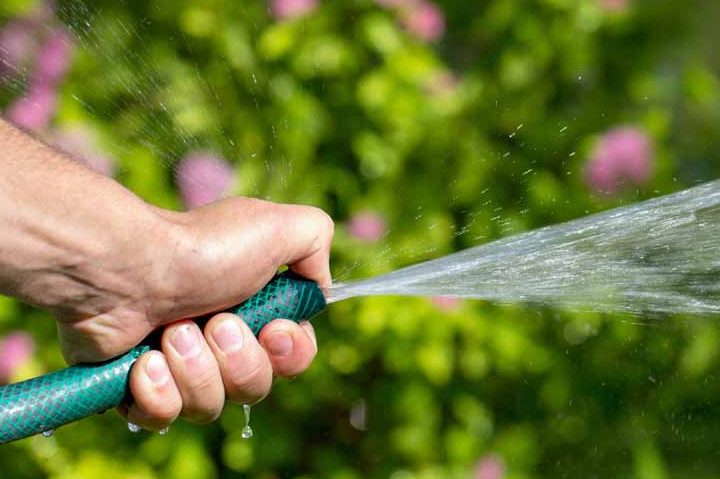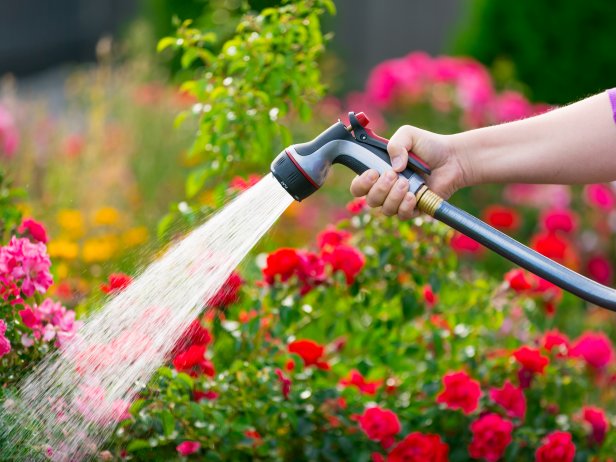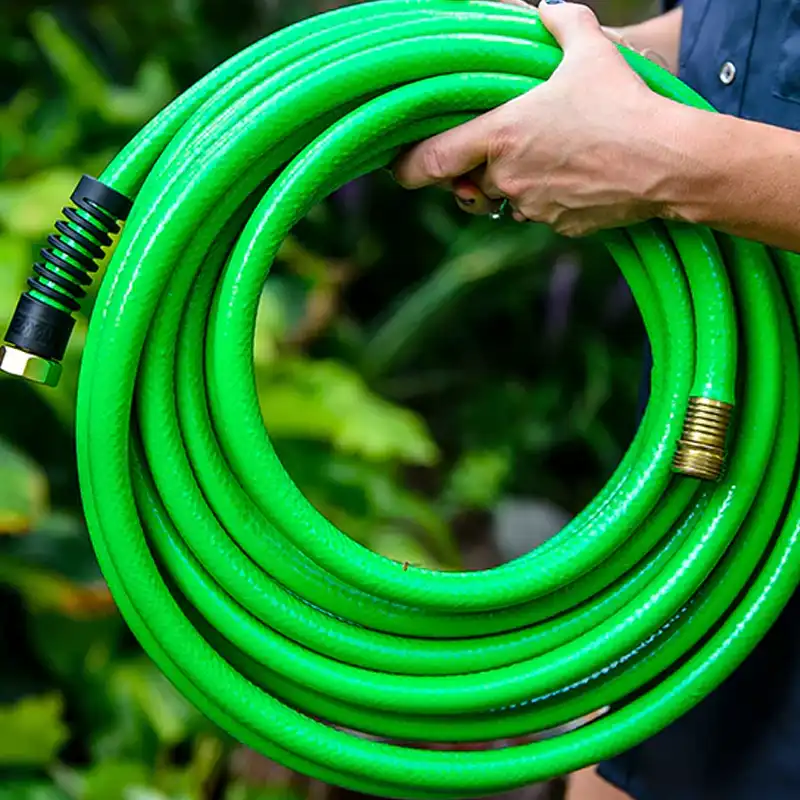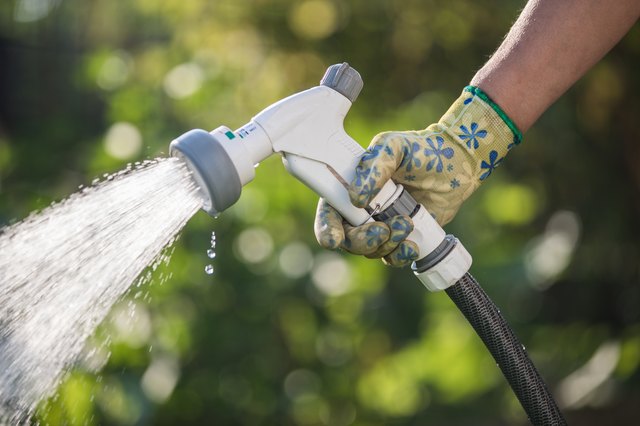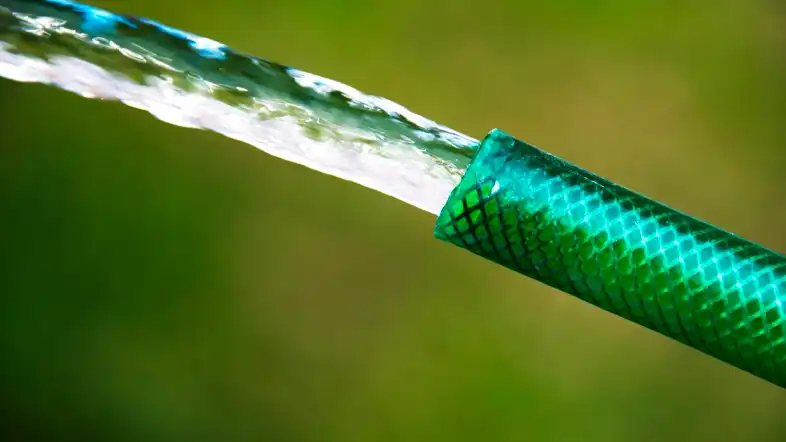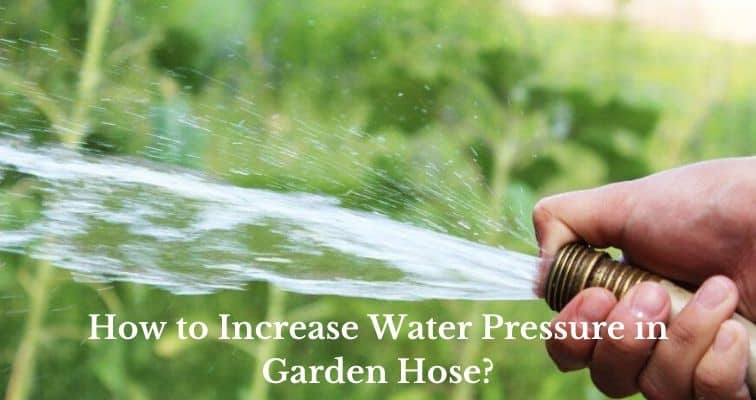How To Increase Water Pressure Garden Hose
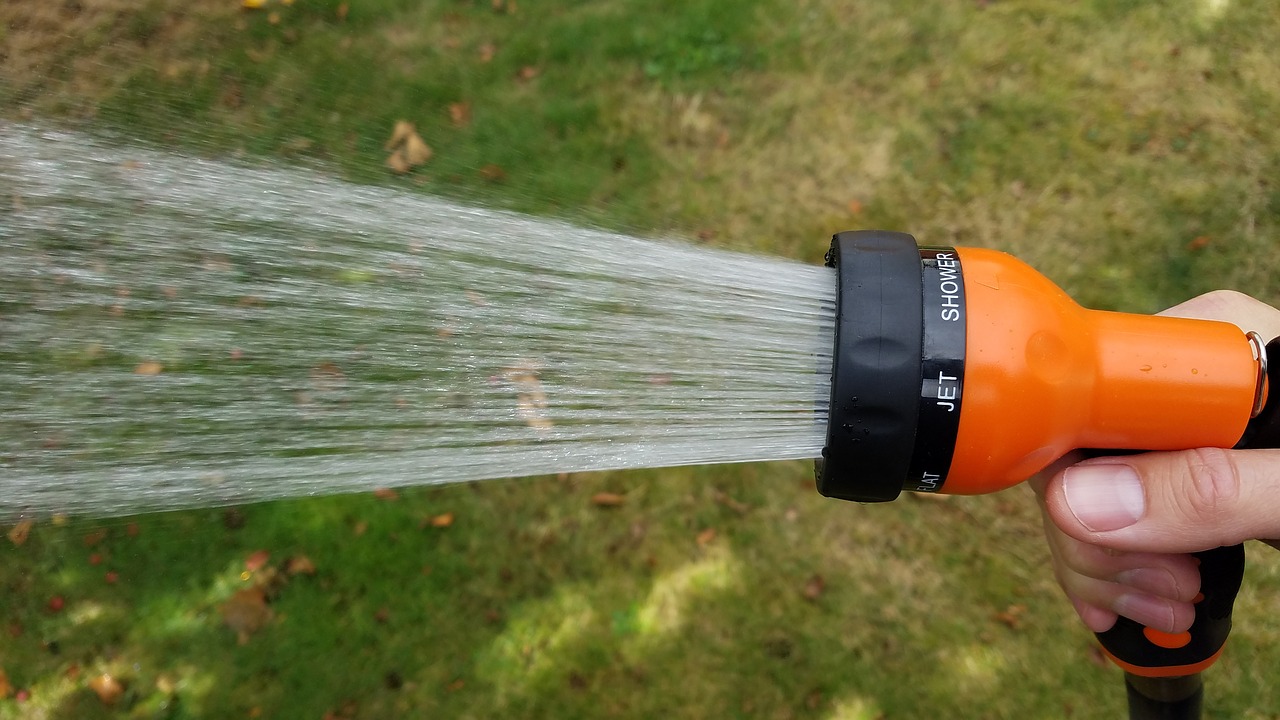
The sun beat down, shimmering off the freshly watered leaves of my tomato plants. A gentle breeze rustled through the garden, carrying the scent of damp earth and blooming basil. But there was a problem: the water pressure, usually a steady, reliable force, had dwindled to a frustrating trickle.
If you've ever experienced the frustration of a garden hose delivering water at a snail's pace, you're not alone. Thankfully, there are several practical and effective ways to increase water pressure to your garden hose, allowing you to efficiently water your plants, wash your car, or tackle any outdoor task that requires a strong, consistent stream.
Understanding Water Pressure
Before diving into solutions, it's essential to understand the basics of water pressure. Water pressure is measured in pounds per square inch (PSI). Most homes have water pressure between 40 and 60 PSI, which is usually adequate for most household needs. However, various factors can affect the water pressure delivered to your garden hose.
Factors Affecting Water Pressure
One common culprit is distance. The farther the hose is from the main water source, the lower the pressure tends to be. The diameter and length of the hose itself also play a significant role. Long, narrow hoses restrict water flow, reducing pressure.
Internal plumbing issues, such as corroded pipes or partially closed valves, can significantly reduce overall water pressure in the house. Municipal water supply fluctuations can also impact water pressure, particularly during peak usage times.
Troubleshooting Low Water Pressure
Start by checking the simplest things first. Make sure the faucet is fully open. Examine the hose for any kinks, bends, or obstructions that might be restricting the flow of water.
Next, check the hose and faucet connections for leaks. Even small leaks can significantly reduce water pressure. Tighten any loose connections or replace worn-out washers.
Checking Your Home's Water Pressure
You can easily check your home's water pressure with a water pressure gauge. These gauges are inexpensive and can be purchased at most hardware stores. Simply attach the gauge to an outdoor faucet and turn on the water.
The gauge will provide a reading in PSI. If the pressure is below 40 PSI, it indicates a problem that needs to be addressed. A reading significantly above 60 PSI can also be problematic and might require a pressure regulator to prevent damage to your plumbing.
Solutions to Increase Water Pressure
Once you've identified the cause of the low water pressure, you can implement specific solutions. Here are several effective strategies to improve the water flow to your garden hose.
Optimize Your Hose
Switch to a wider diameter hose. A 5/8-inch or 3/4-inch hose will allow for greater water flow than a standard 1/2-inch hose. Choose a shorter hose length if possible. The longer the hose, the more pressure is lost due to friction.
Consider using a high-quality hose made from materials that minimize kinking and expansion. Kinking can severely restrict water flow. Expansion can reduce pressure by diverting water volume.
Booster Pumps
If low water pressure is a persistent problem, a booster pump can be a worthwhile investment. Booster pumps are designed to increase water pressure from the source to your hose. They are particularly useful for homes with well water or those located at the end of a long water line.
There are different types of booster pumps available, so it's essential to choose one that is appropriate for your needs and water pressure requirements. Consult with a plumbing professional to determine the right pump for your situation.
Address Plumbing Issues
If you suspect that internal plumbing issues are the cause of low water pressure, it's crucial to address them promptly. Mineral buildup and corrosion in pipes can significantly restrict water flow.
Contact a qualified plumber to inspect your pipes and identify any potential problems. They may recommend cleaning or replacing corroded pipes. Sometimes, something as simple as opening a partially closed valve can make a significant difference.
Cleaning Faucet Aerators and Hose Nozzles
Over time, sediment and mineral deposits can accumulate in faucet aerators and hose nozzles, reducing water flow. Regularly cleaning these components can help improve water pressure.
To clean a faucet aerator, simply unscrew it and soak it in a solution of vinegar and water. Use a small brush to remove any stubborn debris. Clean hose nozzles similarly, ensuring that all openings are clear.
The Importance of Water Conservation
While increasing water pressure can make outdoor tasks more efficient, it's crucial to be mindful of water conservation. Using high water pressure can lead to excessive water consumption.
Consider using water-saving nozzles and sprinklers. These devices are designed to deliver water efficiently, reducing waste and conserving water. Water plants during the cooler parts of the day to minimize evaporation.
Rain barrels are also a great way to collect rainwater and use it for watering your garden. This is a sustainable and environmentally friendly way to reduce your reliance on municipal water sources.
Conclusion
Dealing with low water pressure to your garden hose can be a frustrating experience. However, by understanding the factors that affect water pressure and implementing the solutions outlined above, you can significantly improve water flow and make outdoor tasks more efficient and enjoyable.
Remember to start with the simplest solutions first, such as checking for kinks and leaks. If necessary, consider investing in a booster pump or addressing internal plumbing issues. By taking a proactive approach, you can ensure that your garden hose delivers the water pressure you need for a healthy garden and a well-maintained outdoor space. Finally, always practice responsible water usage and conservation to protect this precious resource.
